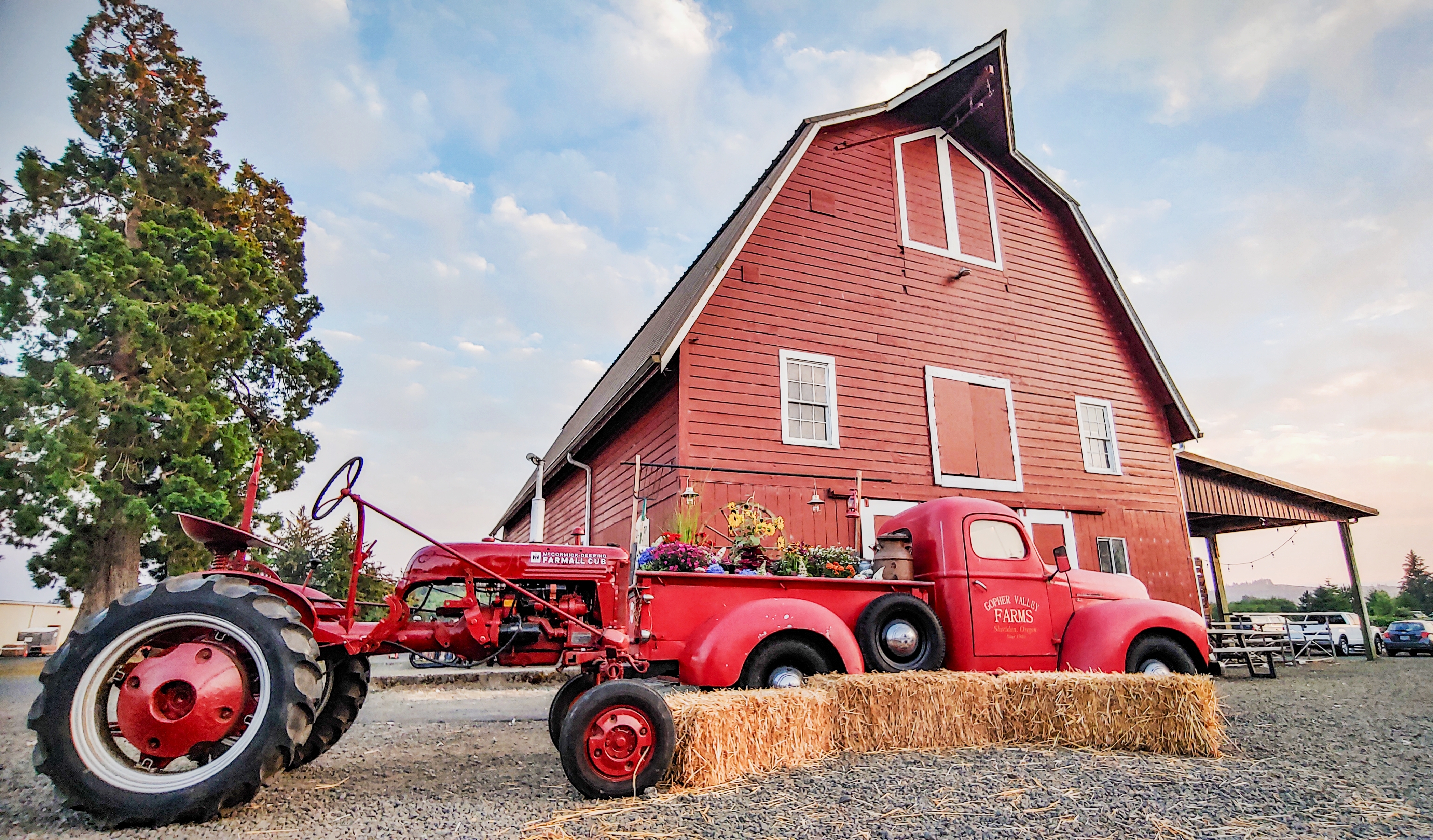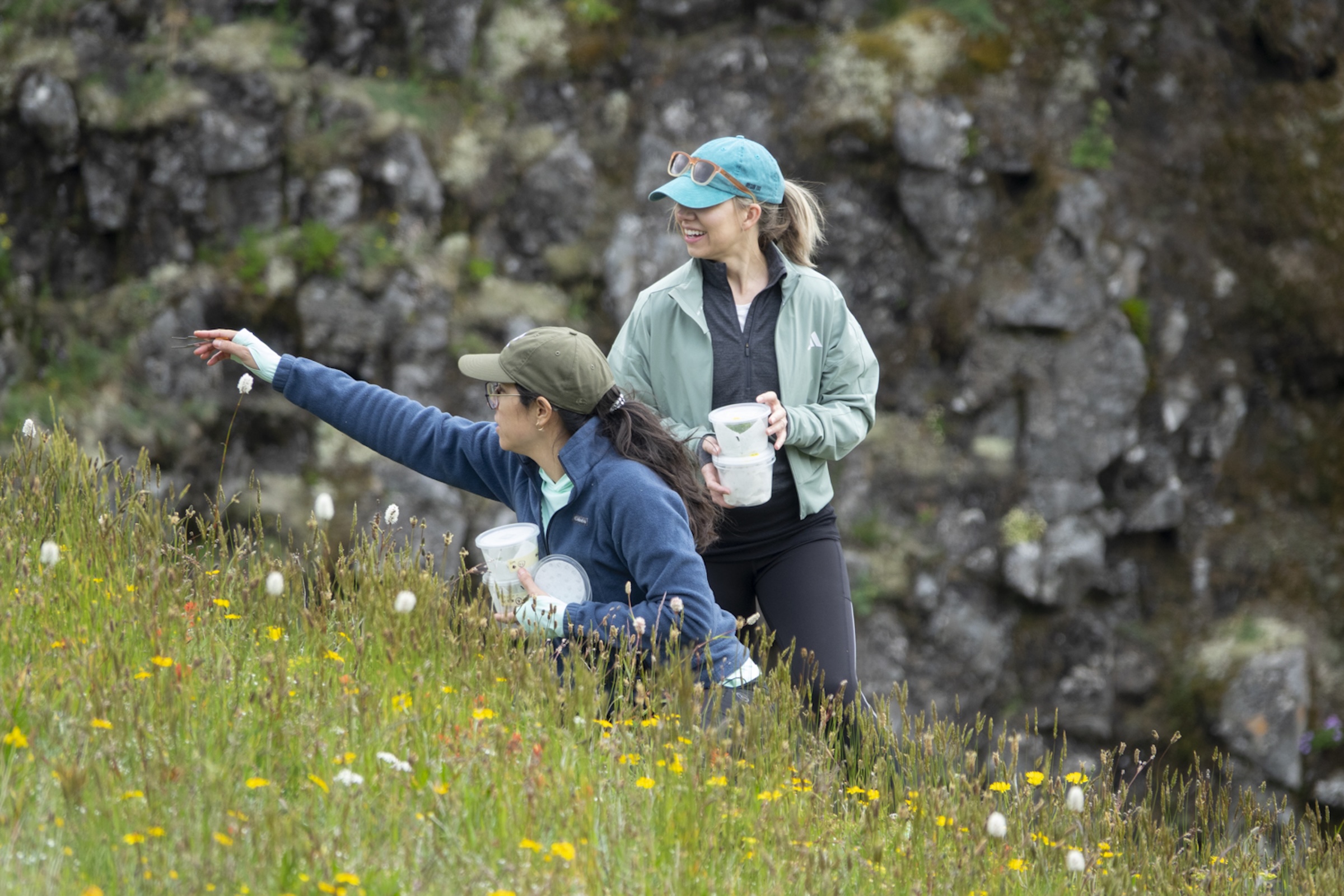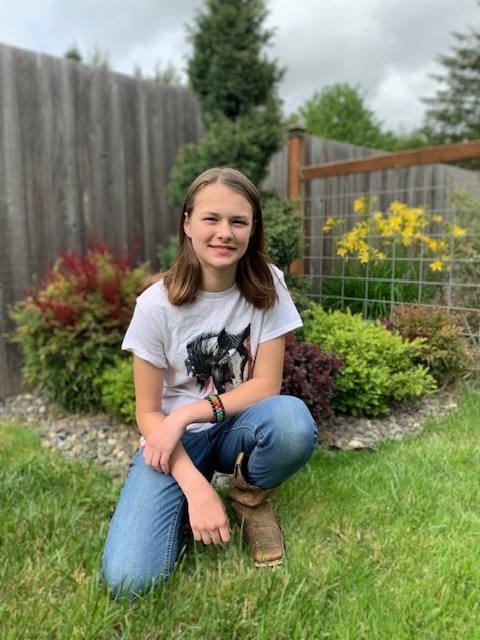Bookmonger: Living in the face of climate change
Published 9:00 am Wednesday, July 21, 2021

- ‘Believers’ is by Lisa Wells.
‘Believers’ by Lisa Wells
Farrar, Straus and Giroux — 350 pages — $28
Trending
Lisa Wells, a poet and nonfiction writer from Portland who now lives in Seattle, has been thinking about global warming and its consequences for most of her life.
Even as a teen in the 1990s, Wells believed that humans had created “an unsustainable expansionist system that in 10,000 years had metastasized over the planet, erasing and oppressing other forms of life in its path.”
Foreseeing civilization’s imminent collapse, she dropped out of school and enrolled in a wilderness survival program to acquire the skills to survive in a post-apocalyptic world.
Since then, Wells has encountered others who similarly interpreted the handwriting on the wall, but whose solutions have been different. Her teen idealism has been tempered into a more nuanced approach to the crisis.
Her new book, “Believers,” chronicles the inventive ways people are forging paths toward living in an increasingly uncertain future.
It begins with Finisia Medrano, a formidable zealot who spent decades roaming the interior West, leading a tiny cadre of devotees in her quest to replant the Great Basin with its native flowering tubers including biscuitroot, bitterroot and camas.
Then there are the folks at the Taos Initiative for Life Together who are creating a “parallel society existing within the dominant consumer culture” in a rambling adobe hacienda in downtown Taos.
And there is a U.S. Forest Service botanist and a North Fork Mono tribal elder who teamed up to transform federally-owned properties in the Sierra Nevada from brush-choked, garbage-strewn landscapes to biodiverse meadows.
Wells introduces us to rewilders, trackers, ex-cons, performance artists and watershed disciples, all of whom are grappling with “making a life at the end of the world,” as the book’s subtitle promises.
This is not hyperbolic. As Wells writes, “when it comes to the biospheric processes that make life as we know it possible on earth, the data is unemotional.”
On the other hand, she has come to believe that the cumulative effect of urgent headlines, frightening news stories and communicable dread has the counterintuitive potential of numbing people to the new realities of climate change.
So while we need to recognize that our moment is unique in humankind — “a crucible that will determine the habitability of the planet for centuries to come” — we don’t want people to be paralyzed from taking action.
Toward the end of the book, Wells points out the encouraging successes of some large-scale projects that have reversed desertification in China, Ethiopia and Jordan. Regreening those places has restored the soil. Because living soils can store triple the amount of carbon that aboveground vegetation does, this impacts climate change.
Wells finally counsels us not to wait for world leaders to come up with grand-scheme solutions to climate change, but to activate our own agency right now by cultivating “a direct relationship with ‘ecological function’” in our own backyards and in our own community watersheds.
“Believers” is highly motivating.









